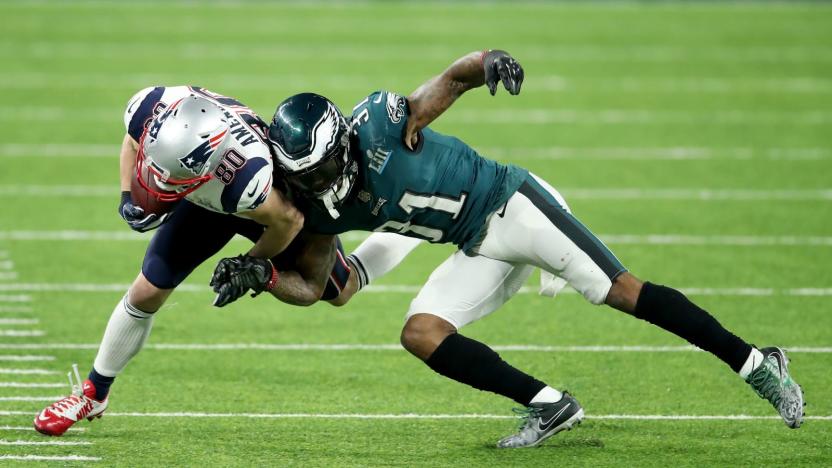TraumaticBrainInjury
Latest

How the brain vibrates may determine the severity of a concussion
Researchers may have uncovered some really useful information about what goes on in the brain during a concussion. Getting that kind of information is pretty difficult since it's not exactly practical to image a brain while sustaining an injury and not exactly ethical to introduce an injury to a living person for the purpose of study. But with the help of some computer modeling and head impact data collected from special mouthguards worn by football players, the researchers found that injury is more likely to occur when separate parts of the brain vibrate at different frequencies.

GE and NFL team up to fund research into concussion detection
General Electric and the National Football League have handed a firm $500,000 to continue research into a portable system that can detect traumatic brain injury. The league has been criticized for its cavalier attitude towards traumatic head injuries and it's thought that more than 25 percent of players will suffer brain problems. That's why BrainScope is working on Ahead 200, a smartphone-connected EEG that is hoped will instantly detect concussion in an athlete to ensure they get on the spot treatment. The company will use the cash to conduct further studies with high-school sports people to ensure that the technology's initial promise works in the field.

Injectable brain gel may save soldiers' lives, zombify them, or both
When they start selling brain fertilizer, you'll know you're living in the crazy century. Didn't Nostradamus predict that? The ongoing Military Health Research Forum is discussing the use of an injectable hydrogel for the treatment of traumatic brain injury, which -- unlike our ability to do push-ups -- is no joke. The fertilizer part comes from the gel's ability to stimulate the growth of neural stem cells within the brain, which are then capable of repairing damaged nerves and preventing the spread of harm to other cells. "Brain tissue regeneration" might not be the wisest name for it, but tests on rats have shown sustained functional recovery, and we understand that with enough Igors on the job, this could be put into use within the next three years.[Via Digg]

